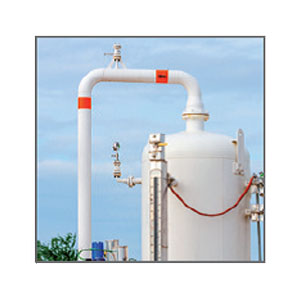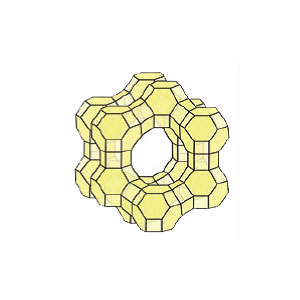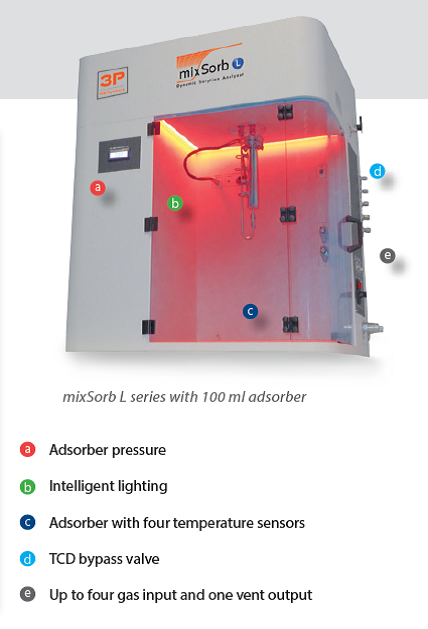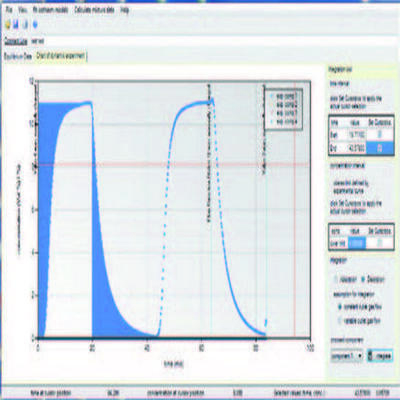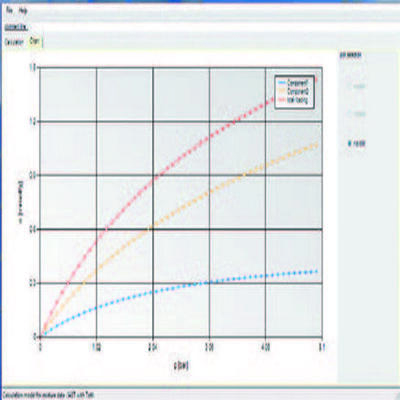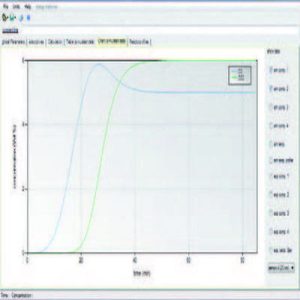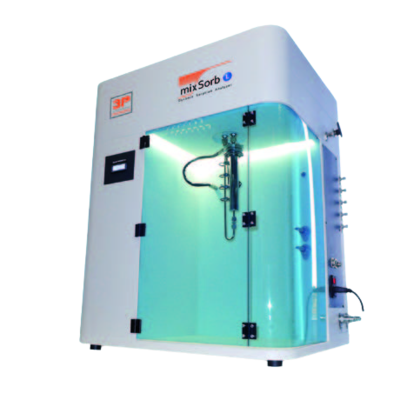Industrial adsorbents such as active carbons, zeolites and silica gels are widely used in adsorptive separation processes on a multi-ton scale. The after-treatment of exhaust gasses, the removal of carbon dioxide in biogas plants, purification and fractionation of natural gas, air separation, respiratory protection and separation of isomers are just few examples where adsorptive separation is employed as the most efficient and economic separation technique. A complete understanding of the complex processes taking place in a fixed bed adsorber is the key to achieving the best separation performance. Additionally to that mixed gas adsorption on novel materials, like MOF´s COF´s etc., are in focus of research in recent last years. These materials can have very high selectivities due to their extraordinary surface chemistry and have to be investi- gated by mixed gas sorption for a deeper understanding of their sorption behavior. The mixSorb series provides unique capabilities to investigate complex dynamic sorption processes in a uniquely safe and easy-to-use bench-top instrument. Industrial adsorbents and small sample amounts of R&D groups can be investigated un- der authentic process conditions in a broad temperature and pressure range with adjustable gas flow rates and well-defined gas compositions.

